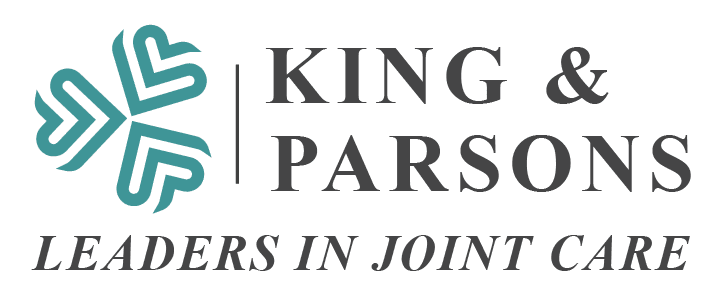A Historical Perspective and Considerations
The Direct Anterior Approach, also known as the Smith Peterson approach, has been used widely since the 1920s and is not a recent development. It’s popularity diminished throughout the 80s, 90s, and early 2000s as the posterior approach gained favor due to its perceived speed, ease, and wider applicability to various hip problems. The posterior approach allowed surgeons greater flexibility in extending incisions and performing dissections, particularly in complex cases involving congenital deformities or prior hardware from previous fractures.
Approximately 15 years ago, the Direct Anterior Approach experienced a resurgence in the United States when pioneering surgeons, including Dr. Joel Matta, refined modern techniques, instruments, and operative tables to facilitate this approach. Proponents of the anterior approach talked about its muscle-sparing nature, as it may not require the release of as many muscles to access the hip joint.
In an era where rapid recovery has become a prevalent goal in joint replacement, the potential for faster functional return associated with this approach generated significant popularity, even attracting attention from mainstream publications like the New York Times and Wall Street Journal. However, despite the buzz surrounding its supposed advantages and increased patient demand for anterior hip surgery, clinical data supporting its superiority over other approaches has been lacking.
Over the past 15 years, as comparative clinical data and studies on outcomes and complications have emerged, the true benefits of the anterior approach have become less clear than initially suggested. In fact, there are some distinct disadvantages to consider when contemplating hip replacement surgery through this approach. This is true for any surgical approach (there are at least 5 approaches being used).
Ultimately, it’s important for patients to recognize that excellent outcomes can be achieved with any approach when modern techniques, implants, optimal pain management, and thorough preoperative preparation are employed. Rather than fixating on a specific surgical approach, selecting a skilled surgeon with a proven track record becomes the paramount consideration. The consensus among total joint surgeons today is that the surgical approach matters little compared to other critical factors in ensuring successful outcomes.














